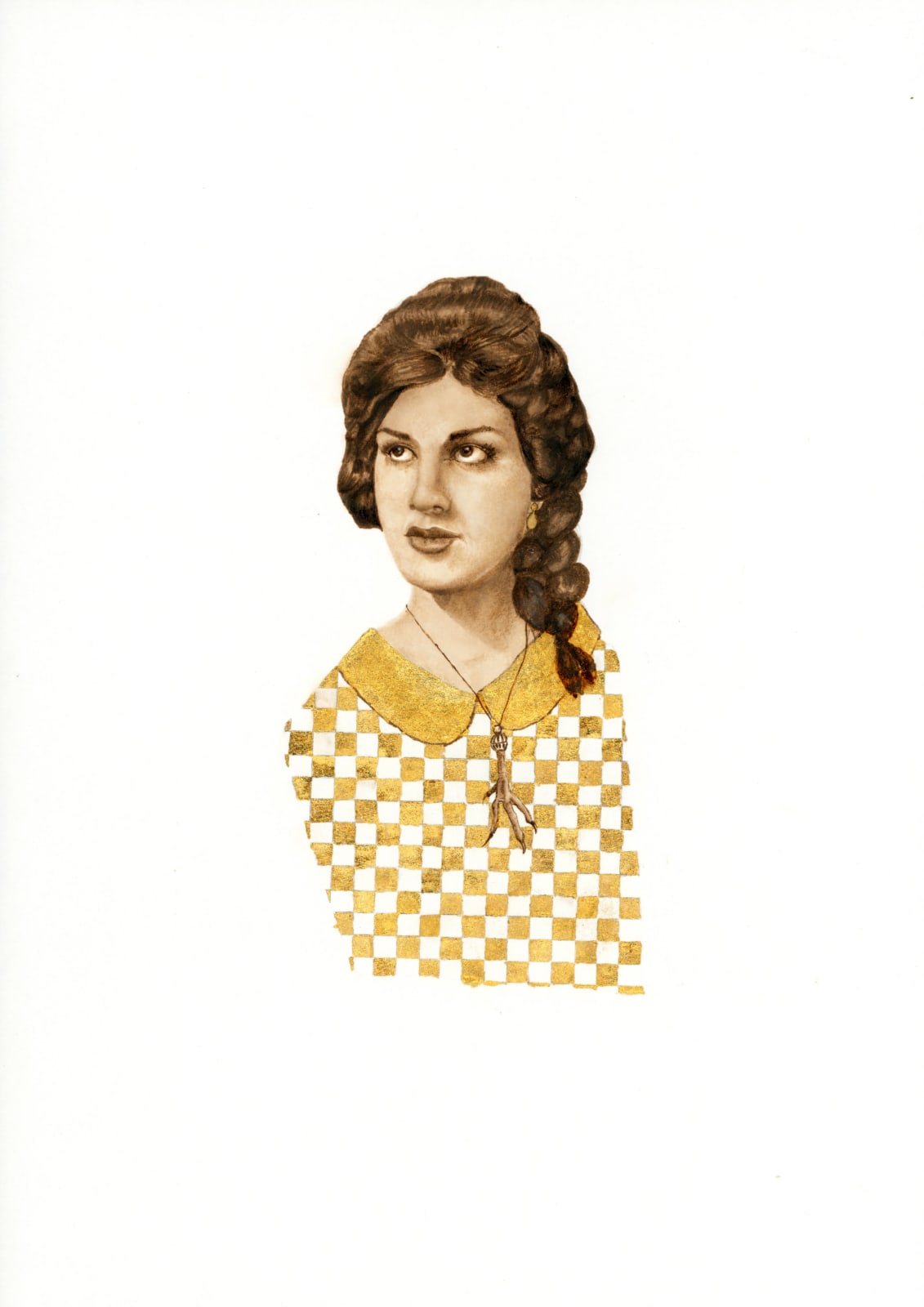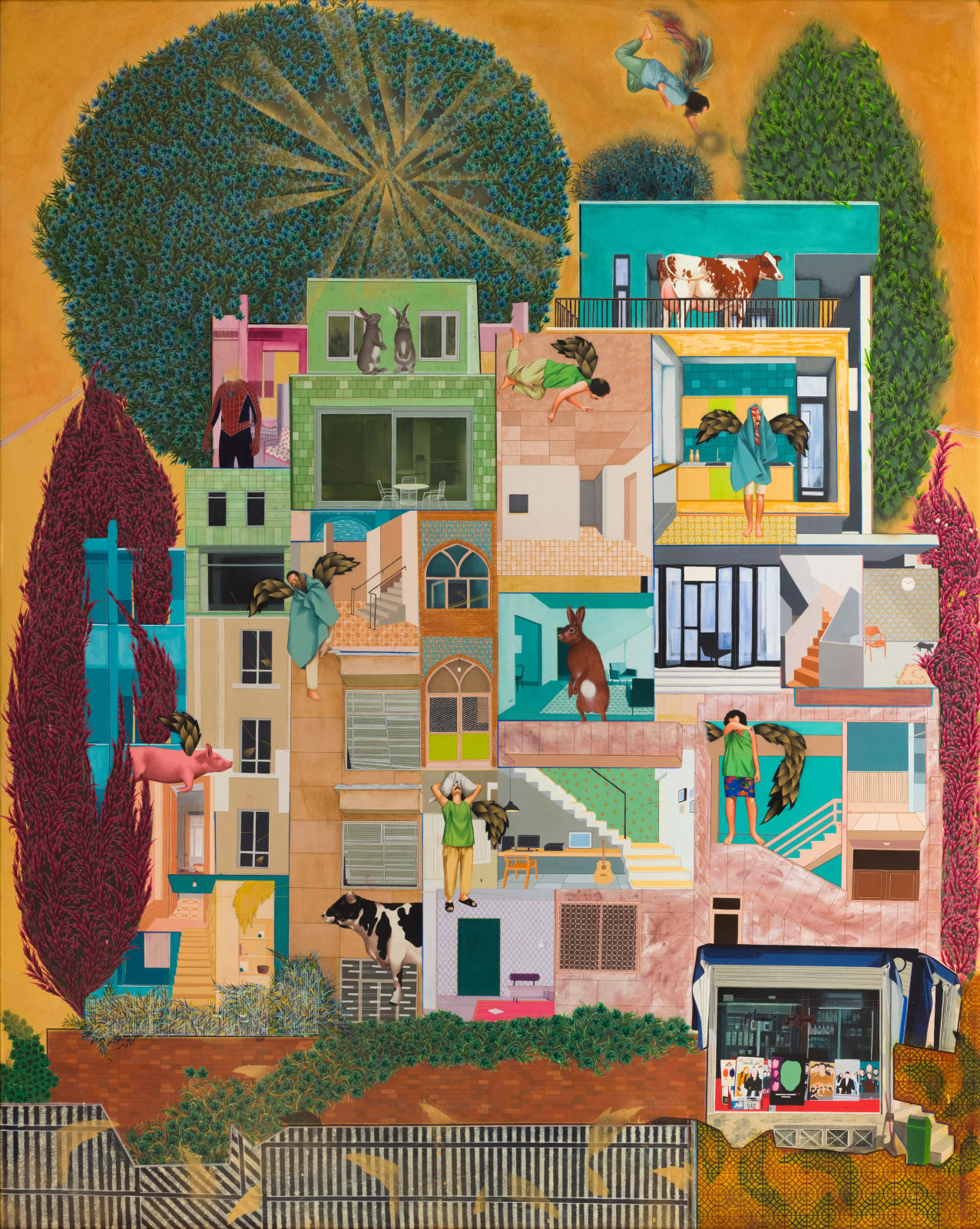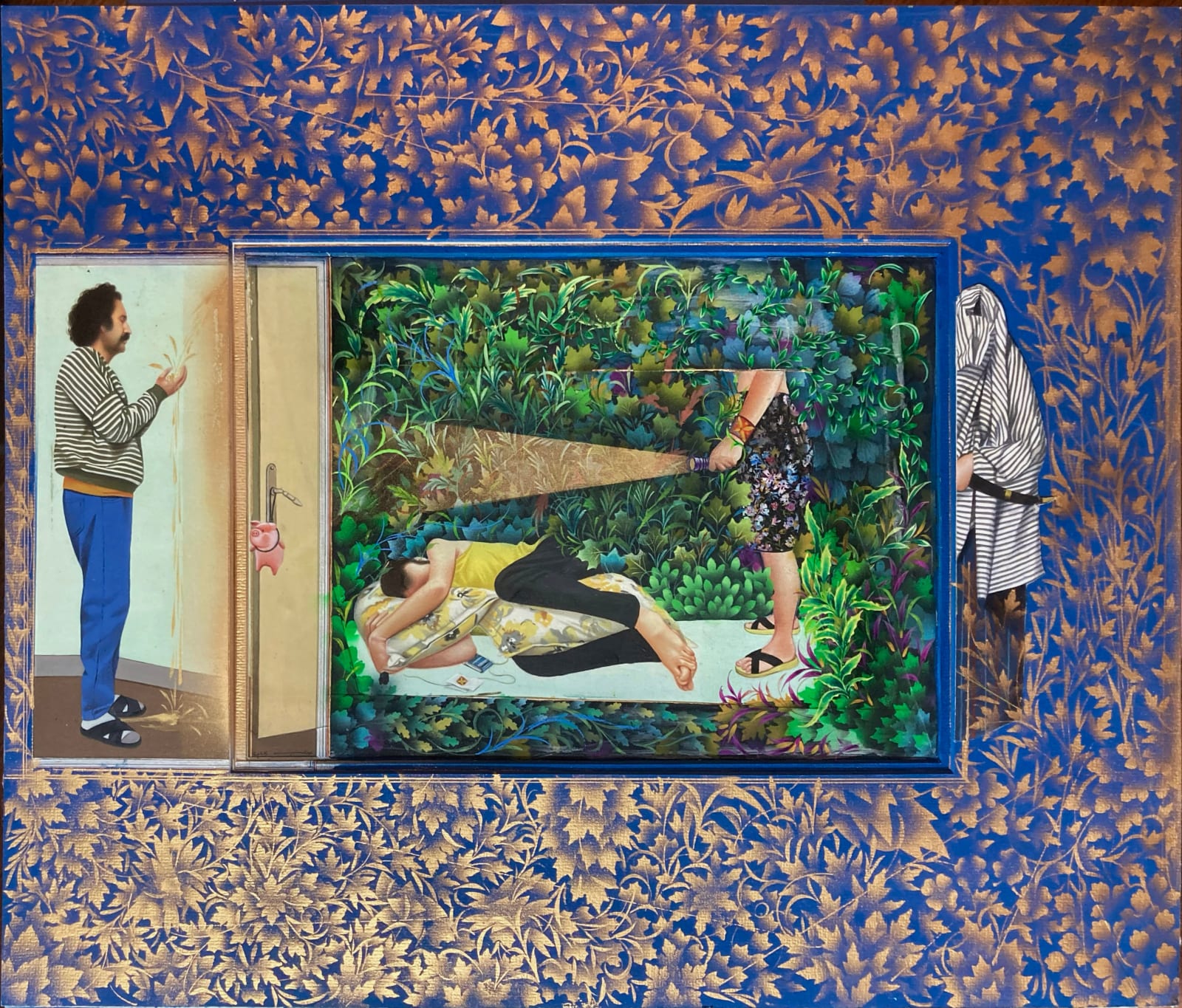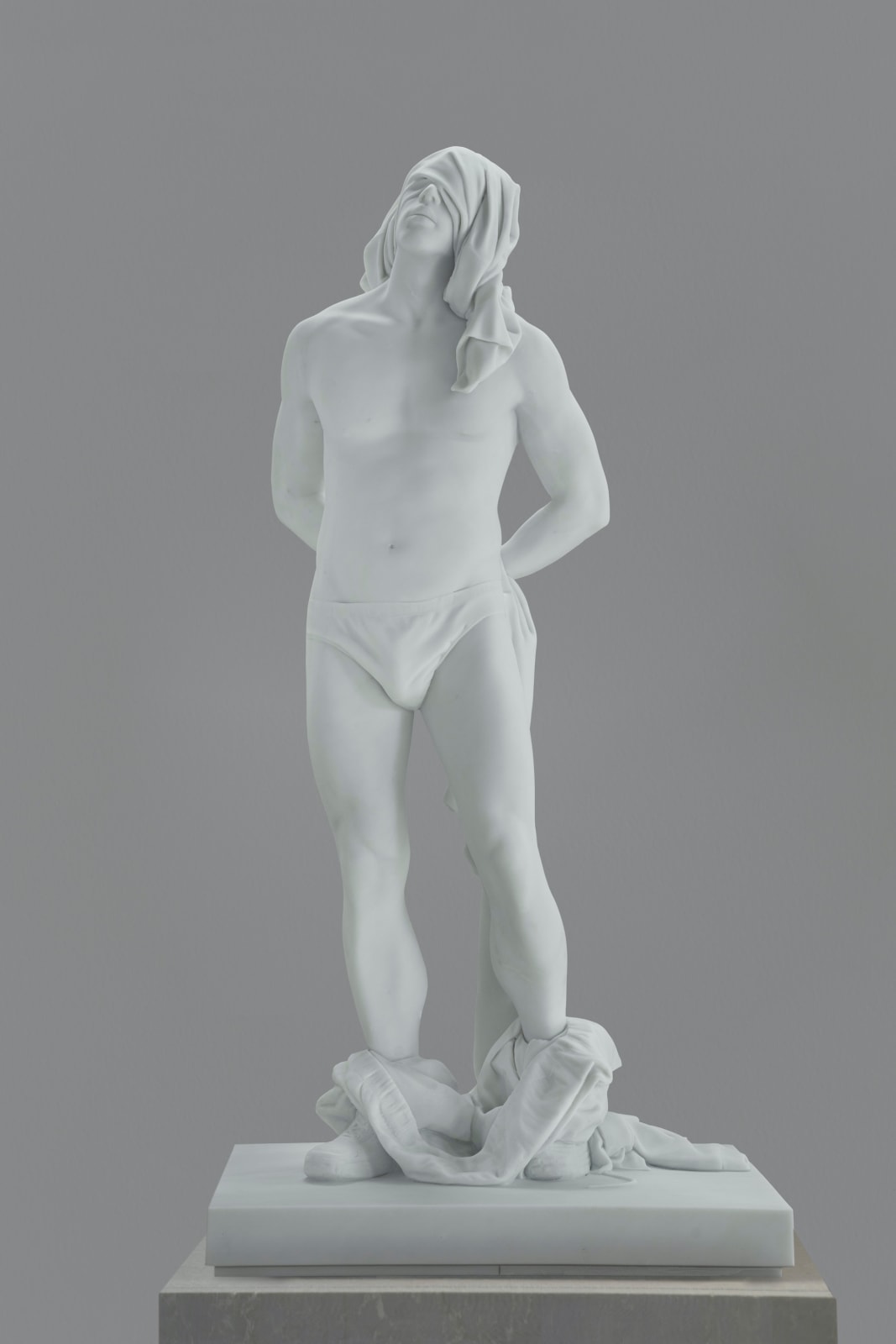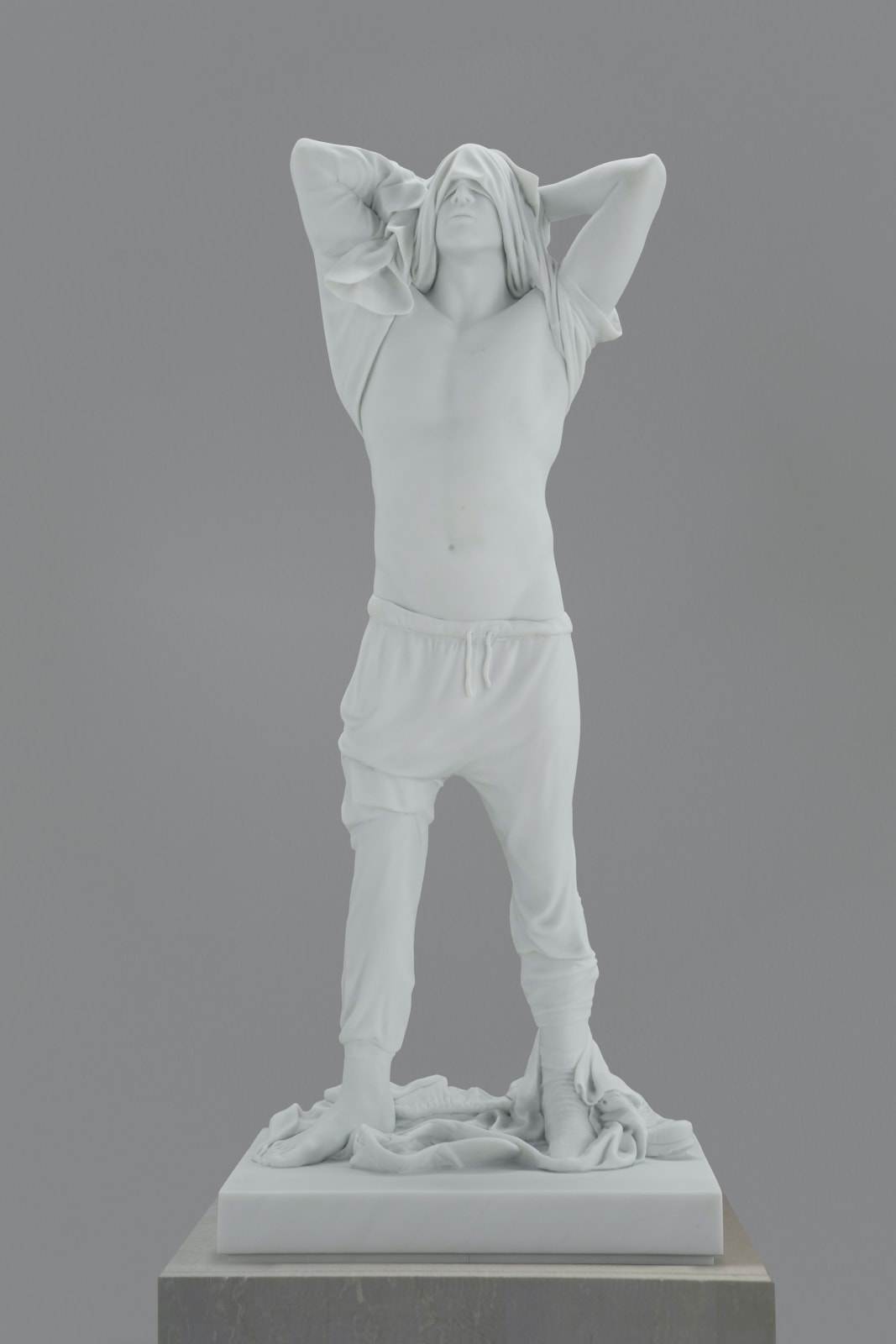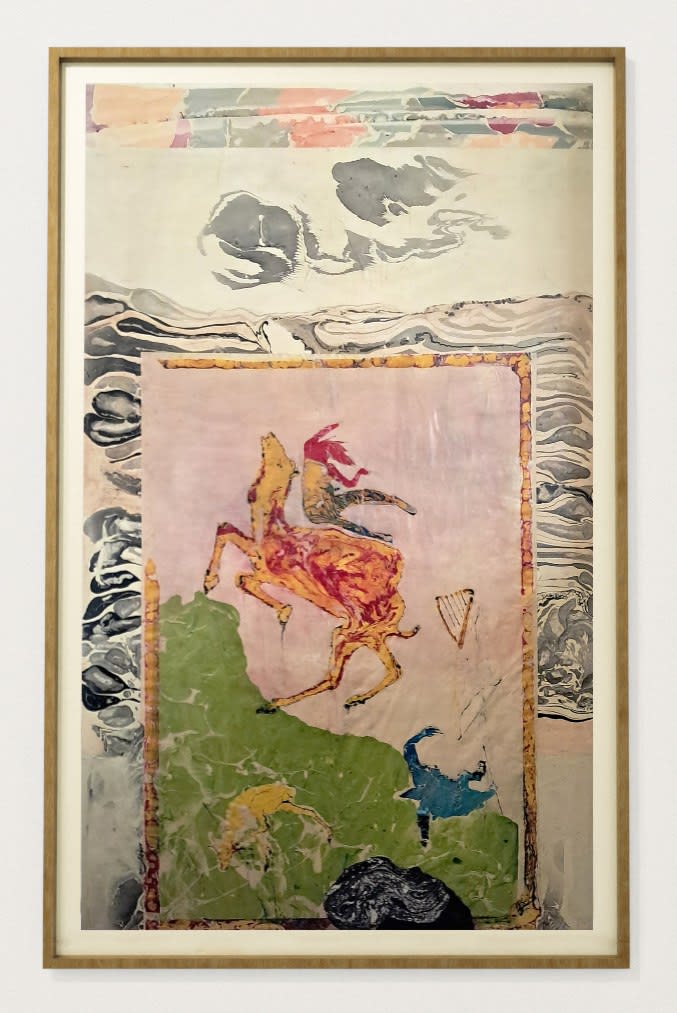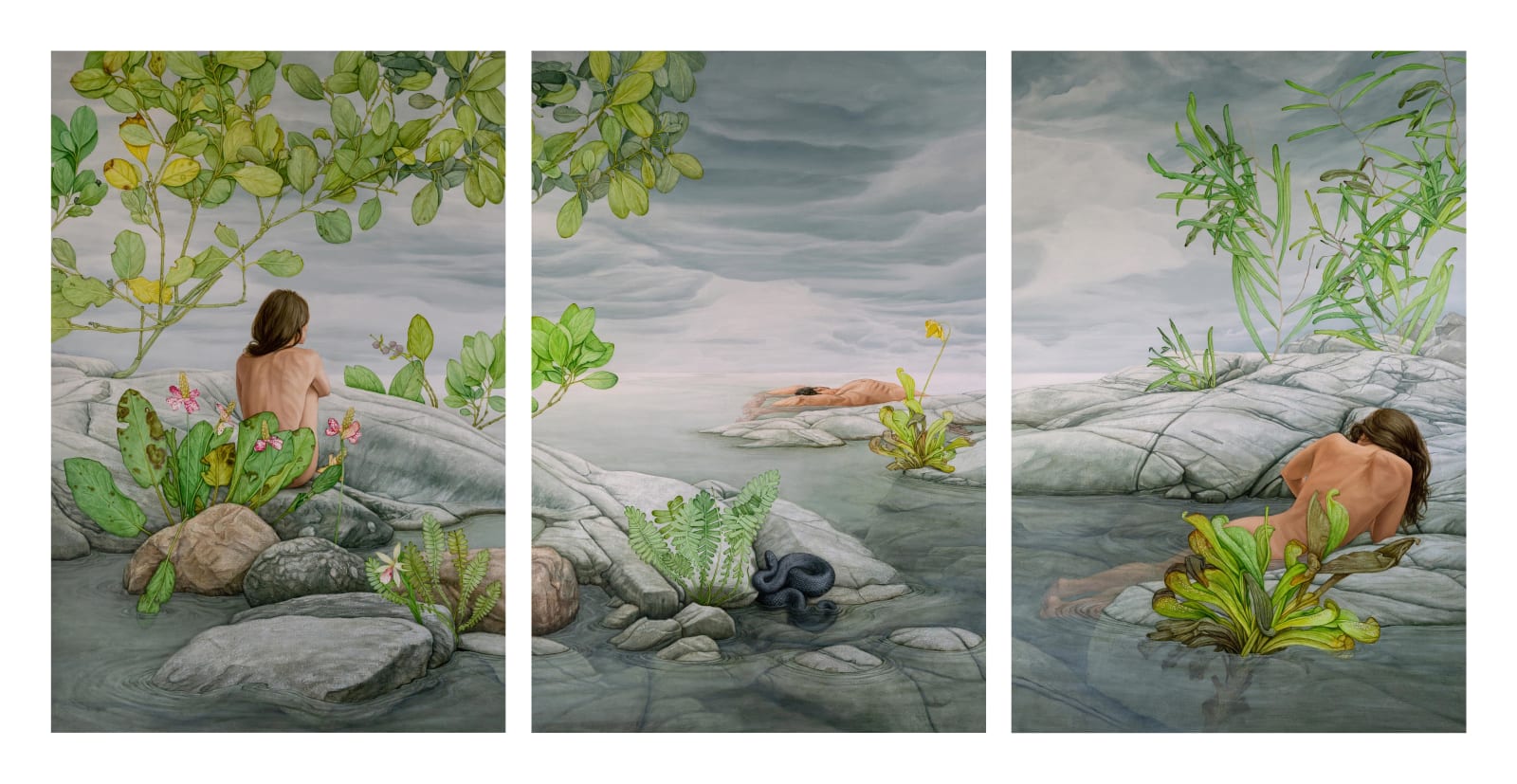Group Presentation: Frieze London 2025
At Booth A5 in Frieze London 2025, Dastan presents works by Farah Ossouli (b. 1953, Zanjan, Iran), Soheila Sokhanvari (b. 1964, Shiraz, Iran), Reza Aramesh (b. 1970, Ahvaz, Iran), Maryam Ayeen & Abbas Shahsavar (b. 1985, Bojnord, Khorasan, Iran; b. 1983, Kermanshah, Iran), Shahryar Hatami (b. 1983, Tehran, Iran), and Morteza Pourhosseini (b. 1985, Ahvaz, Iran).
-
 Installation View of Dastan's Booth at Frieze London 2025.
Installation View of Dastan's Booth at Frieze London 2025. -
 Installation View of Dastan's Booth at Frieze London 2025.
Installation View of Dastan's Booth at Frieze London 2025. -
 Installation View of Dastan's Booth at Frieze London 2025.
Installation View of Dastan's Booth at Frieze London 2025. -
 Installation View of Dastan's Booth at Frieze London 2025.
Installation View of Dastan's Booth at Frieze London 2025. -
 Installation View of Dastan's Booth at Frieze London 2025.
Installation View of Dastan's Booth at Frieze London 2025. -
 Installation View of Dastan's Booth at Frieze London 2025.
Installation View of Dastan's Booth at Frieze London 2025. -
 Installation View of Dastan's Booth at Frieze London 2025.
Installation View of Dastan's Booth at Frieze London 2025. -
 Installation View of Dastan's Booth at Frieze London 2025.
Installation View of Dastan's Booth at Frieze London 2025. -
 Installation View of Dastan's Booth at Frieze London 2025.
Installation View of Dastan's Booth at Frieze London 2025. -
 Installation View of Dastan's Booth at Frieze London 2025.
Installation View of Dastan's Booth at Frieze London 2025. -
 Installation View of Dastan's Booth at Frieze London 2025.
Installation View of Dastan's Booth at Frieze London 2025. -
 Installation View of Dastan's Booth at Frieze London 2025.
Installation View of Dastan's Booth at Frieze London 2025. -
 Installation View of Dastan's Booth at Frieze London 2025.
Installation View of Dastan's Booth at Frieze London 2025. -
 Installation View of Dastan's Booth at Frieze London 2025.
Installation View of Dastan's Booth at Frieze London 2025. -
 Installation View of Dastan's Booth at Frieze London 2025.
Installation View of Dastan's Booth at Frieze London 2025. -
 Installation View of Dastan's Booth at Frieze London 2025.
Installation View of Dastan's Booth at Frieze London 2025. -
 Installation View of Dastan's Booth at Frieze London 2025.
Installation View of Dastan's Booth at Frieze London 2025. -
 Installation View of Dastan's Booth at Frieze London 2025.
Installation View of Dastan's Booth at Frieze London 2025. -
 Installation View of Dastan's Booth at Frieze London 2025.
Installation View of Dastan's Booth at Frieze London 2025. -
 Installation View of Dastan's Booth at Frieze London 2025.
Installation View of Dastan's Booth at Frieze London 2025. -
 Installation View of Dastan's Booth at Frieze London 2025.
Installation View of Dastan's Booth at Frieze London 2025. -
 Installation View of Dastan's Booth at Frieze London 2025.
Installation View of Dastan's Booth at Frieze London 2025. -
 Installation View of Dastan's Booth at Frieze London 2025.
Installation View of Dastan's Booth at Frieze London 2025. -
 Installation View of Dastan's Booth at Frieze London 2025.
Installation View of Dastan's Booth at Frieze London 2025. -
 Installation View of Dastan's Booth at Frieze London 2025.
Installation View of Dastan's Booth at Frieze London 2025. -
 Installation View of Dastan's Booth at Frieze London 2025.
Installation View of Dastan's Booth at Frieze London 2025. -
 Installation View of Dastan's Booth at Frieze London 2025.
Installation View of Dastan's Booth at Frieze London 2025. -
 Installation View of Dastan's Booth at Frieze London 2025.
Installation View of Dastan's Booth at Frieze London 2025.
The artist alters this sequence with a decisive shift: in his retelling, the camel bolts before Bahram can release the second arrow. In Persian literature, the camel often symbolizes both death and patience, and here it becomes the agent of fate. Bahram still holds an arrow in his hand, the deer survives, yet Bahram and Azadeh perish beneath the animal. By revising the ending, Hatami unsettles the hierarchy of power within the myth, transforming it into a meditation on mortality and the fragile balance between violence, desire, and destiny.



